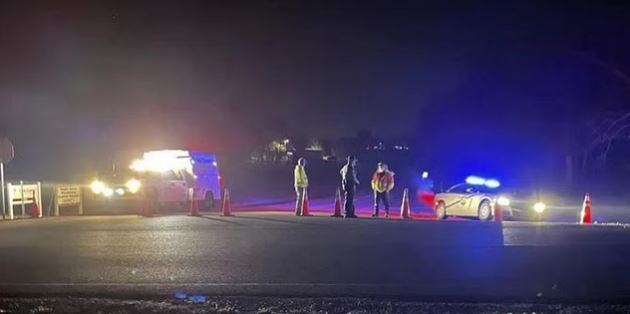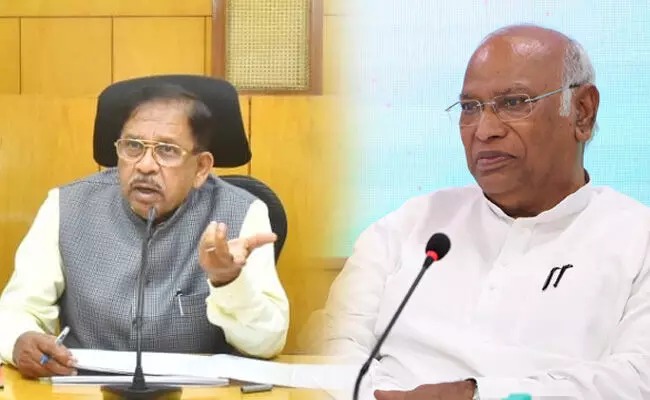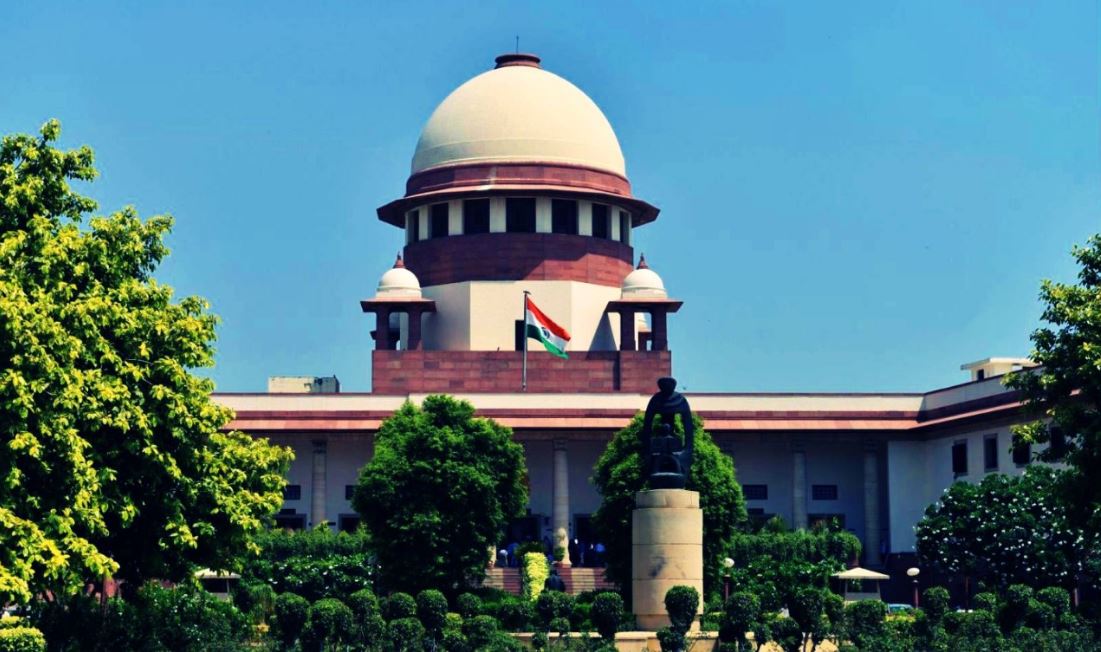Fort Campbell (US), Mar 30: Nine people were killed in a crash involving two Army Black Hawk helicopters in Kentucky, a military spokesperson said.
Nondice Thurman, a spokesperson for Fort Campbell, said Thursday morning that the deaths happened the previous night in southwestern Kentucky during a routine training mission.
A statement from Fort Campbell says the two HH-60 Black Hawk helicopters, part of the 101st Airborne Division, crashed around 10 p.m. Wednesday in Trigg County, Kentucky. The 101st Airborne confirmed the crash about 30 mile (48 kilometres) northwest of Fort Campbell. The crash is under investigation.
"Right now our focus is on the Soldiers and their families who were involved," the statement added.
Kentucky Gov. Andy Beshear had said earlier that fatalities were expected, adding that police and emergency officials were responding.
"The crash occurred in a field, some wooded area," Kentucky State Police Trooper Sarah Burgess said at a news briefing. "At this time, there are no reports of residence damage."
Fort Campbell is located near the Tennessee border, about 60 miles (97 kilometres) northwest of Nashville, and the crash occurred in the Trigg County, Kentucky, community of Cadiz.
Nick Tomaszewski, who lives about a mile from where the crash occurred, said he saw two helicopters flying over his house moments before the crash.
"For whatever reason last night my wife and I were sitting there looking out on the back deck and I said "Wow, those two helicopters look low and they look kind of close to one another tonight," he said.
The helicopters flew over and looped back around and moments later "we saw what looked like a firework went off in the sky."
"All of the lights in their helicopter went out. It was like they just poofed ... and then we saw a huge glow like a fireball," Tomaszewski said.
Flyovers for training exercises happen almost daily and the helicopters typically fly low but not so close together, he said.
"There were two back to back. We typically see one and then see another one a few minutes later, and we just saw two of them flying together last night," he said.
Members of the Kentucky Senate stood for a moment of silence Thursday morning in honour of the crash victims.
"We do not know the extent of what has gone on, but I understand it is bad and there has been a substantial loss of life of our military," Senate President Robert Stivers told the sombre chamber.
Last month, two Tennessee National Guard pilots were killed when their Black Hawk helicopter crashed along an Alabama highway during a training exercise.
Let the Truth be known. If you read VB and like VB, please be a VB Supporter and Help us deliver the Truth to one and all.
Bengaluru(PTI): Karnataka Home Minister G Parameshwara on Tuesday said there is nothing wrong if party national President Mallikarjun Kharge wants to return to state politics.
He was responding to a question from reporters on Kharge's remarks, recalling how he lost the Chief Minister's post to S M Krishna after the 1999 Karnataka Assembly polls. Kharge's remarks added to the speculations of leadership change in Congress and about his return to state politics.
Senior Congress leader Parameshwara also said that wrongly interpreting Kharge is also not correct.
Kharge's statement seems to have rekindled the debate on 'Dalit CM' within the party. The AICC President, who hails from Karnataka, belongs to a Scheduled Caste.
Making a Dalit the CM is a hotly debated matter within the Congress party, the issue on which senior leaders and Ministers Parameshwara and H C Mahadevappa have openly spoken in the past. Both belong to Scheduled Castes.
These comments have come amid speculations within the state's political circles, especially within the ruling Congress, for some time now about the Chief Minister change later this year, citing a rumoured power-sharing agreement involving incumbent Siddaramaiah and Deputy CM D K Shivakumar.
"Kharge is a senior leader not only in our party, but in national politics, making comments on him is not right. Kharge is competent to hold all kinds of positions; he has experience, and he has been in politics for about 50 years. If he says something, interpreting it wrongly is not correct," Parameshwara told reporters in response to a question.
Asked about some speaking about his return to state politics, he said, "There is nothing wrong in it. He is holding the decisive position in our party. He is the one who decides as to who should be the Chief Minister, being the AICC President. So, in case he wants to come back to state politics, no one should interpret it wrong."
Speaking at an event in Vijayapura on Sunday, Kharge had recalled about him missing the Chief Ministerial post, when Congress came to power in 1999.
"As CLP (Congress Legislature Party) leader I tried to bring the party to power (ahead of 1999 polls), the party formed the government and S M Krishna became the Chief Minister. He had come (as KPCC President) four months ahead (of polls)....all my service was washed down the river. I feel that -- I toiled for five years, but the person who came four months ago was made the CM," the Congress chief had said.
"What I'm trying to say is, we may face difficulties, but we must continue to work without greed in mind. If you are greedy, you won't get anything, also you won't be able to do what's in your mind. Passing through all these things, from being a block president, I have now become AICC President. I did not go behind positions," he further said.
Mahadevappa too, reacting to Kharge's statement on Monday had said, Kharge is one of the senior leaders in the country and he has all the required qualities to occupy any constitutional post, and our wish is that he should get an opportunity, whenever there is one.
Naming Dalit leaders in Congress who have occupied the CM post in other states like -- Damodaram Sanjivayya, Sushil Kumar Shinde, Jagannath Pahadia and Ram Sundar Das, he said, "When time comes the party will take a decision and everyone will abide by it."
However, trying to downplay speculations, Kharge's son and IT/BT Minister Priyank Kharge on Monday said his father was merely sharing the path he had walked in his political career -- both ups and downs -- and that his speech should be seen in entirety not selectively. He has also made it clear that he has no regrets.
"From the blessings of everyone, the people of Kalaburagi and Karnataka, he is in the post that was once occupied by Subhas Chandra Bose and Gandhiji. Whatever he has decided on his political future, he will decide himself. He has earned that respect and reputation. He has a good relationship with the high command. Whatever he decides, Rahul Gandhi, Sonia Gandhi and Priyanka Gandhi will automatically accept it," he said.





